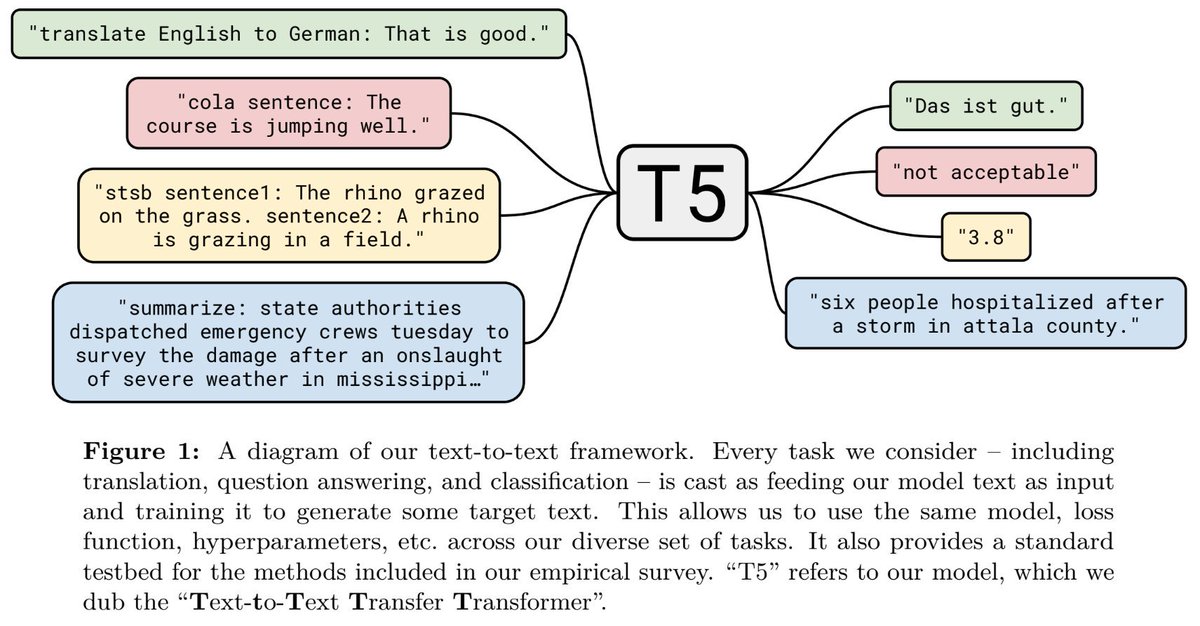
I recently have had a number of aspiring ML researchers ask me how to stay on top of the paper onslaught. Here are three concrete tips:
1) Pick a tiny subfield to focus on
2) Skim
3) Rely on your community
Thread to explain ⬇️ (1/5)
1) Pick a tiny subfield to focus on
2) Skim
3) Rely on your community
Thread to explain ⬇️ (1/5)
1) Pick a tiny subfield to focus on
It's impossible to stay on top of "all of ML". It's a gigantic and diverse field. Being an effective researcher requires laser-focusing on a subfield. Pick a problem that is important, excites you, and you feel you could make progress on. (2/5)
It's impossible to stay on top of "all of ML". It's a gigantic and diverse field. Being an effective researcher requires laser-focusing on a subfield. Pick a problem that is important, excites you, and you feel you could make progress on. (2/5)
2) Skim
You'll find that many papers within your subfield of choice have a lot in common - there is often only a small nugget of novelty in each paper. It's incredibly important to develop your ability to find this nugget as quickly as possible. (3/5)
You'll find that many papers within your subfield of choice have a lot in common - there is often only a small nugget of novelty in each paper. It's incredibly important to develop your ability to find this nugget as quickly as possible. (3/5)
For example, try scrolling down to the algorithm box or explanatory diagram and see if you can figure out the main idea/contribution of the paper in less than a minute. Then decide if you want to read the rest. (4/5)
3) Rely on your community
Find a community of people who care about the same subfield. I created a reading group during my PhD for this. If you aren't already a part of a community, Twitter is a nice stand-in - just follow people who work on stuff you care about. (5/5)
Find a community of people who care about the same subfield. I created a reading group during my PhD for this. If you aren't already a part of a community, Twitter is a nice stand-in - just follow people who work on stuff you care about. (5/5)
• • •
Missing some Tweet in this thread? You can try to
force a refresh



